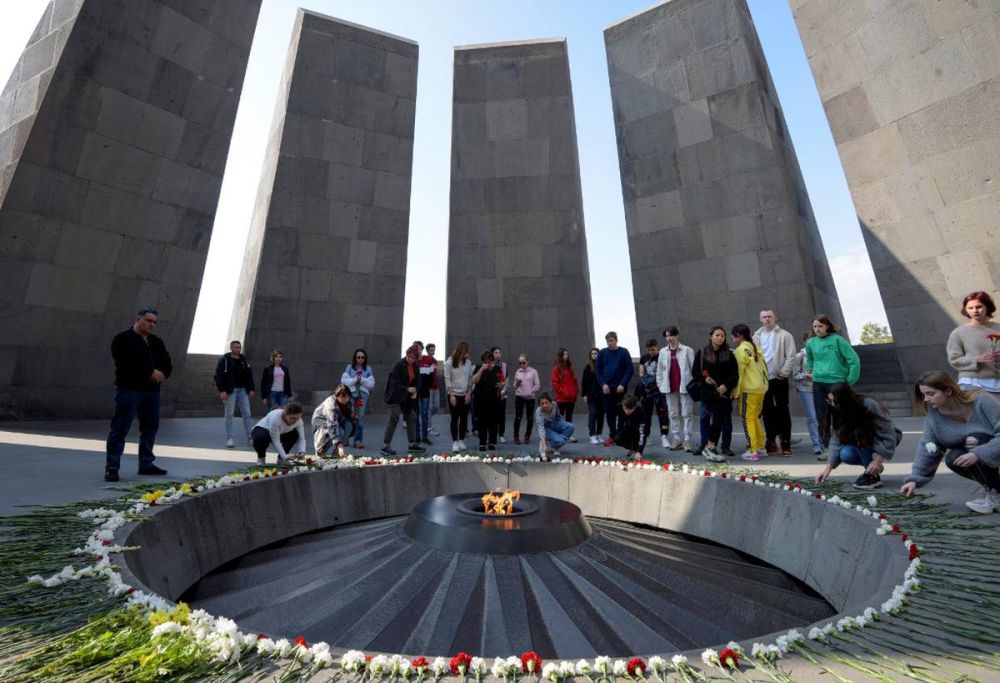

The Armenian Genocide Memorial Complex (Tsitsernakaberd) is a solemn and powerful monument that stands in the capital of Armenia, Yerevan. It is dedicated to the memory of the 1.5 million Armenians who perished during the Armenian Genocide, which began in 1915. The complex serves as both a place of mourning and a site for education on the atrocities that took place during this dark chapter in history.
The memorial complex was completed and opened in 1967, marking the 52nd anniversary of the genocide. Tsitsernakaberd gradually became an integral symbol of Armenian identity and remembrance. The site consists of several elements, each with deep symbolic significance:
The complex also includes the Armenian Genocide Museum-Institute which was opened in 1995, on the 80th anniversary of the genocide. It serves to educate the public about the events and the broader implications of the genocide through photographs, documents, and multimedia exhibits.
Tourism at Tsitsernakaberd has grown over the years, with visitors coming from all over the world to pay their respects and learn about this pivotal event in Armenian history. Tourists often visit on April 24, the Armenian Genocide Remembrance Day when thousands of Armenians gather at the site for a day of commemorative activities.
In recent years, there has been an increase in educational tourism, with many visitors participating in guided tours and lectures about the genocide. Virtual reality experiences and interactive displays in the museum have been introduced, giving tourists a more immersive understanding of the history.
Eco-tourism has also impacted Tsitsernakaberd, with the public park serving as a green space in Yerevan where visitors can walk, reflect, and connect with nature while acknowledging the historical significance of the site.
In conclusion, Tsitsernakaberd stands as a testament to resilience and remembrance, providing a multifaceted experience that attracts tourists interested in history, human rights, and cultural identity. As a place of education and remembrance, the Armenian Genocide Memorial Complex plays a crucial role in honoring the past while fostering a spirit of hope and renewal for future generations.